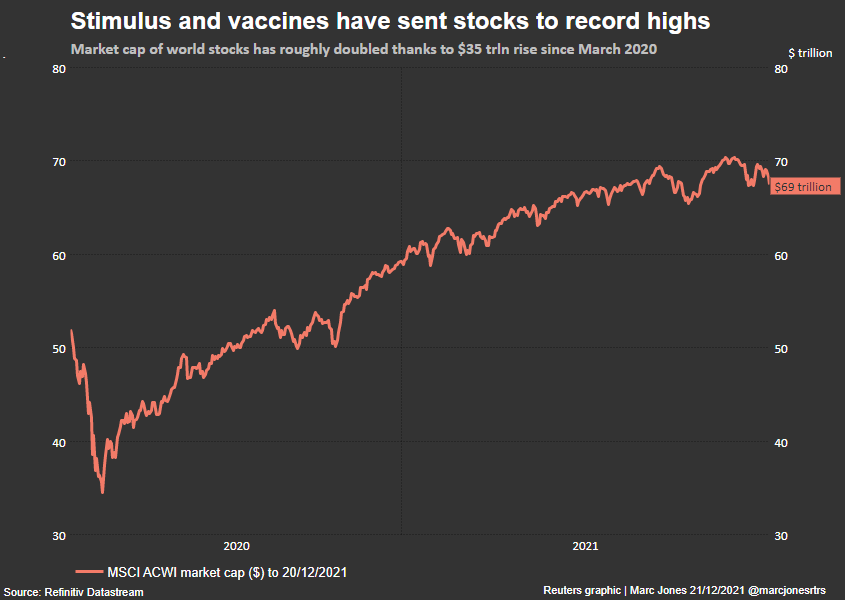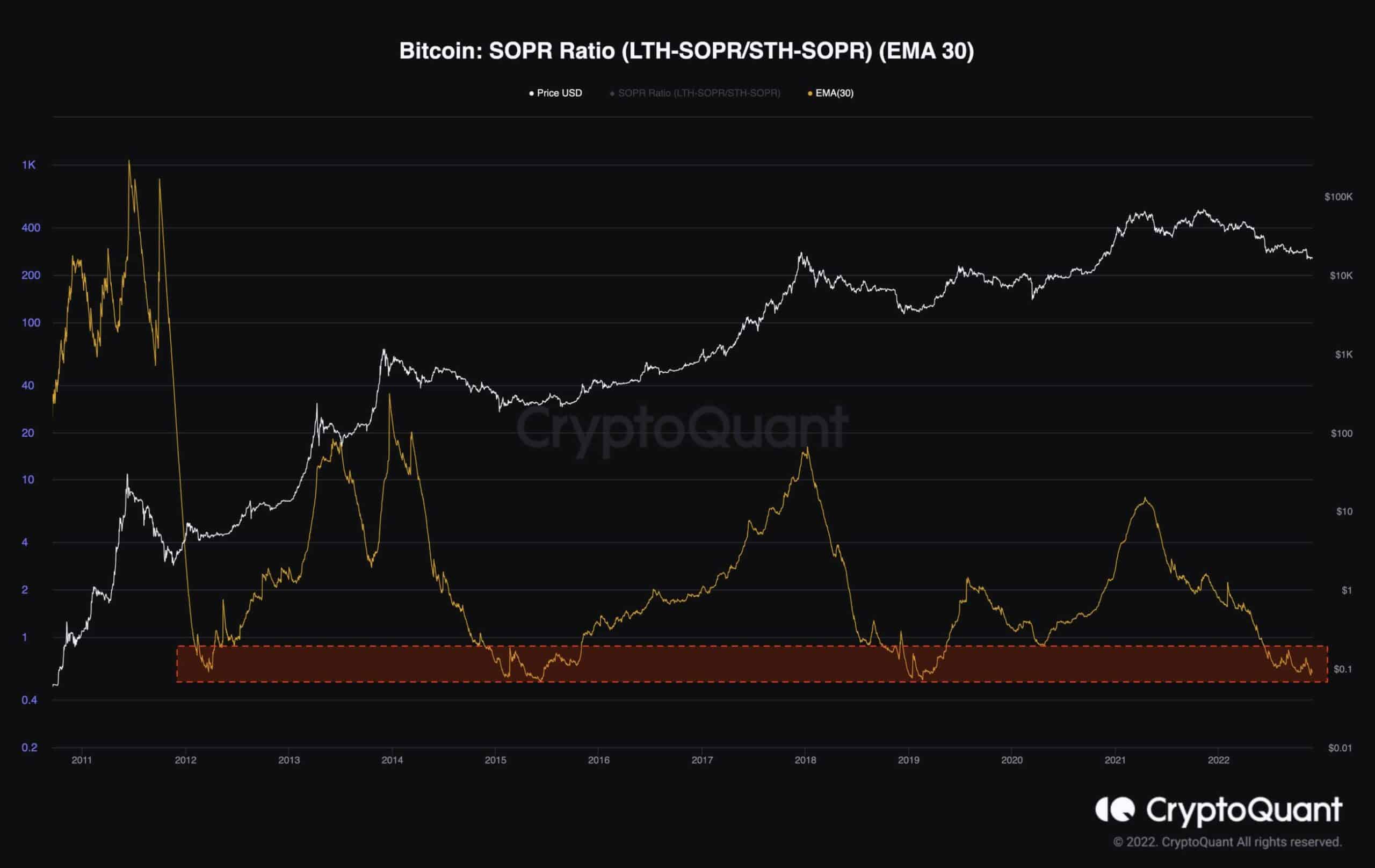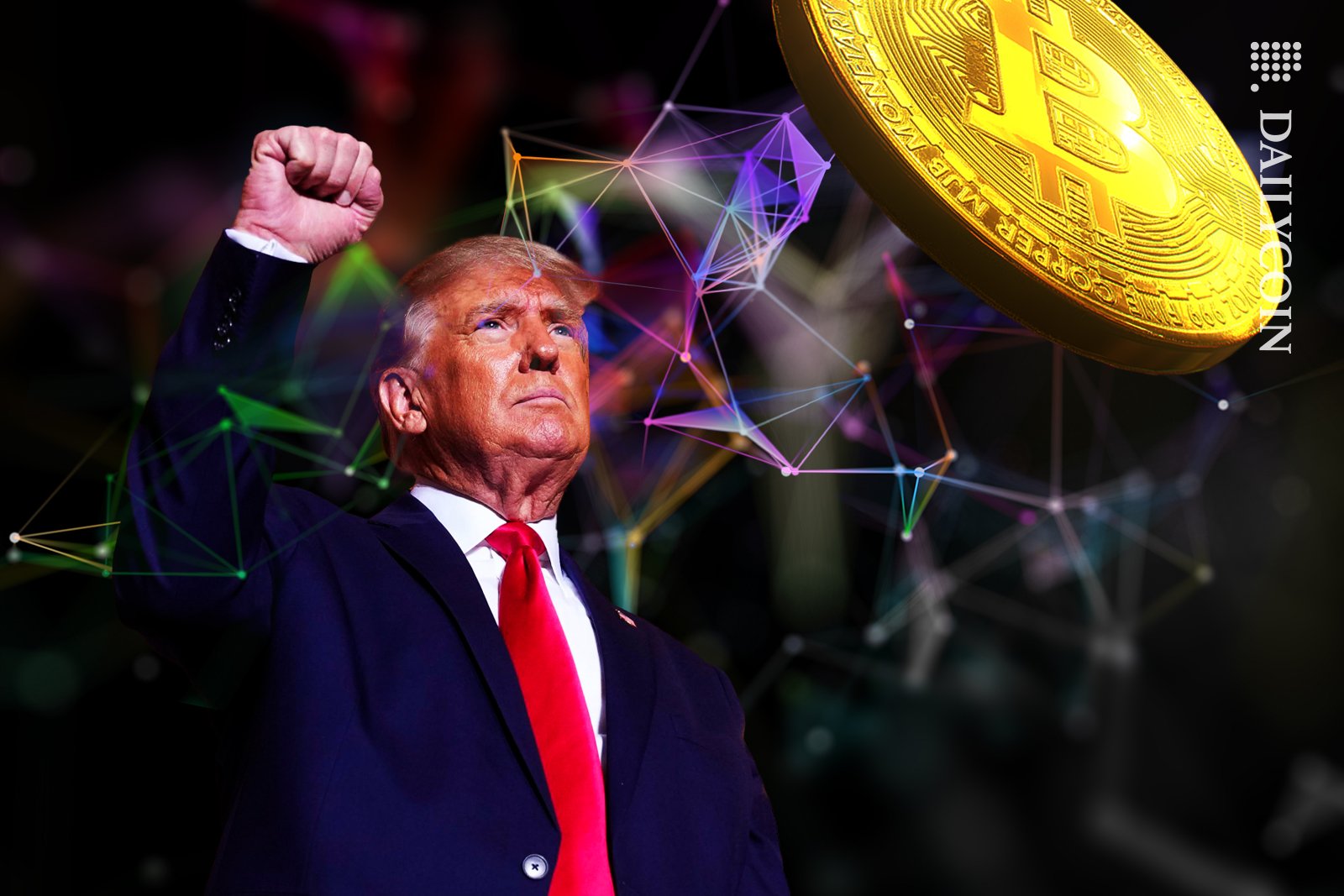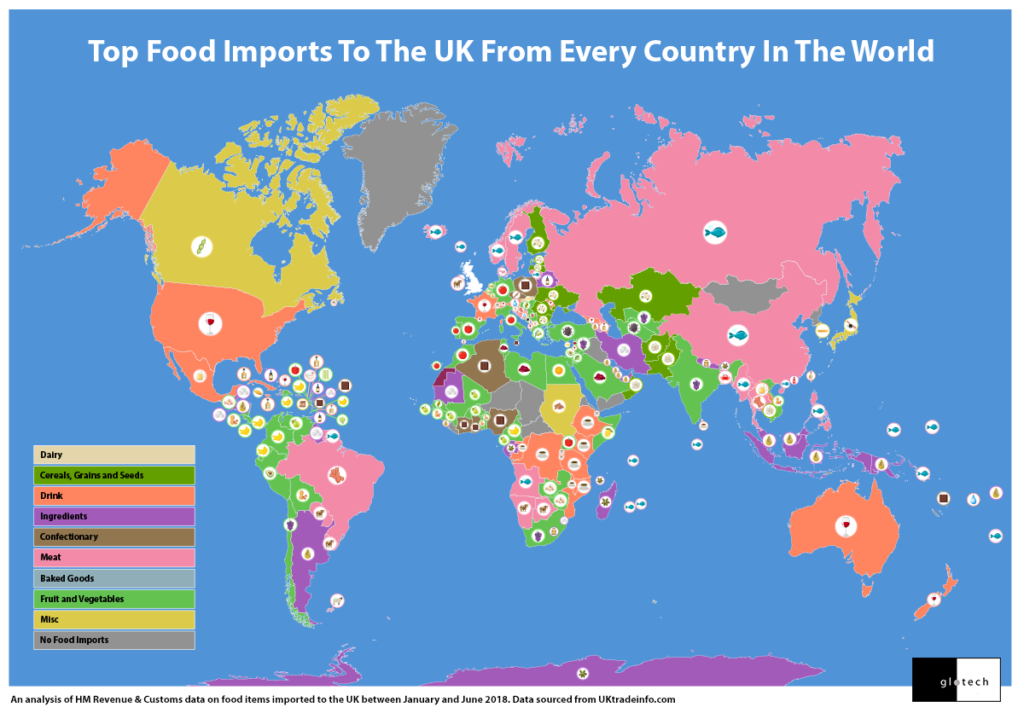Alright, folks, let’s dissect the Fed’s latest move. The May meeting was…well, let’s call it a masterclass in sitting on the fence. They held rates steady, and Powell’s comments were dripping with ‘uncertainty’ and a ‘wait-and-see’ approach – a whole lot of nothing, really.
But don’t let the calm demeanor fool you. My analysis – built on the pillars of ‘transitory inflation’, ‘weaker growth’, and ‘high uncertainty’ – suggests the odds of multiple rate cuts this year are dwindling. I’m sticking to my guns: two or fewer cuts are likely, and June is almost guaranteed to be another hold.
Let’s talk about what drives this expectation. The US economic data isn’t screaming for stimulus, and inflationary pressures, while cooling, aren’t collapsing. The Fed needs to see more sustained evidence of easing before committing to aggressive easing.
Here’s a quick knowledge breakdown.
Understanding Transitory Inflation: This refers to the idea that temporary factors, like supply chain disruptions, can cause price increases that eventually fade away. The Fed initially leaned into this narrative, hoping inflation would cool on its own.
The Growth-Inflation Tradeoff: Lowering rates boosts economic growth, but can also reignite inflation. The Fed seeks a balance – supporting growth without unleashing a price spiral.
Uncertainty’s Grip: Geopolitical risks, fluctuating energy prices, and unpredictable consumer behavior all contribute to uncertainty. The Fed wants clarity before making significant policy shifts.
Market Implications: The meeting was a dud for those hoping for clear signals. Expect continued trading based on Trump’s tariff threats. The dollar remains vulnerable, but US stocks? Still a rollercoaster. Short-term volatility is your new friend. Buckle up, because navigating these waters requires a seasoned hand – and a healthy dose of skepticism!







